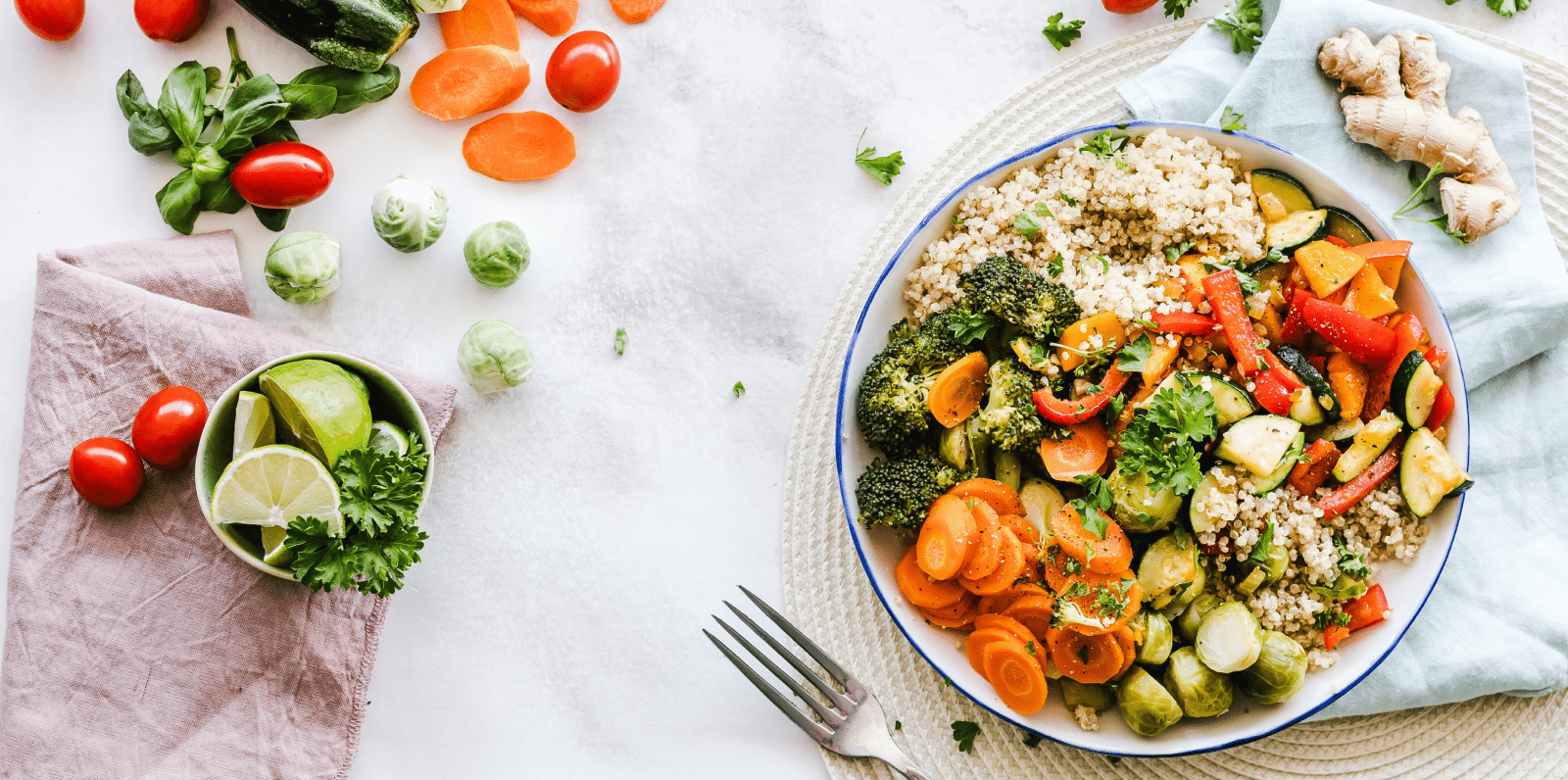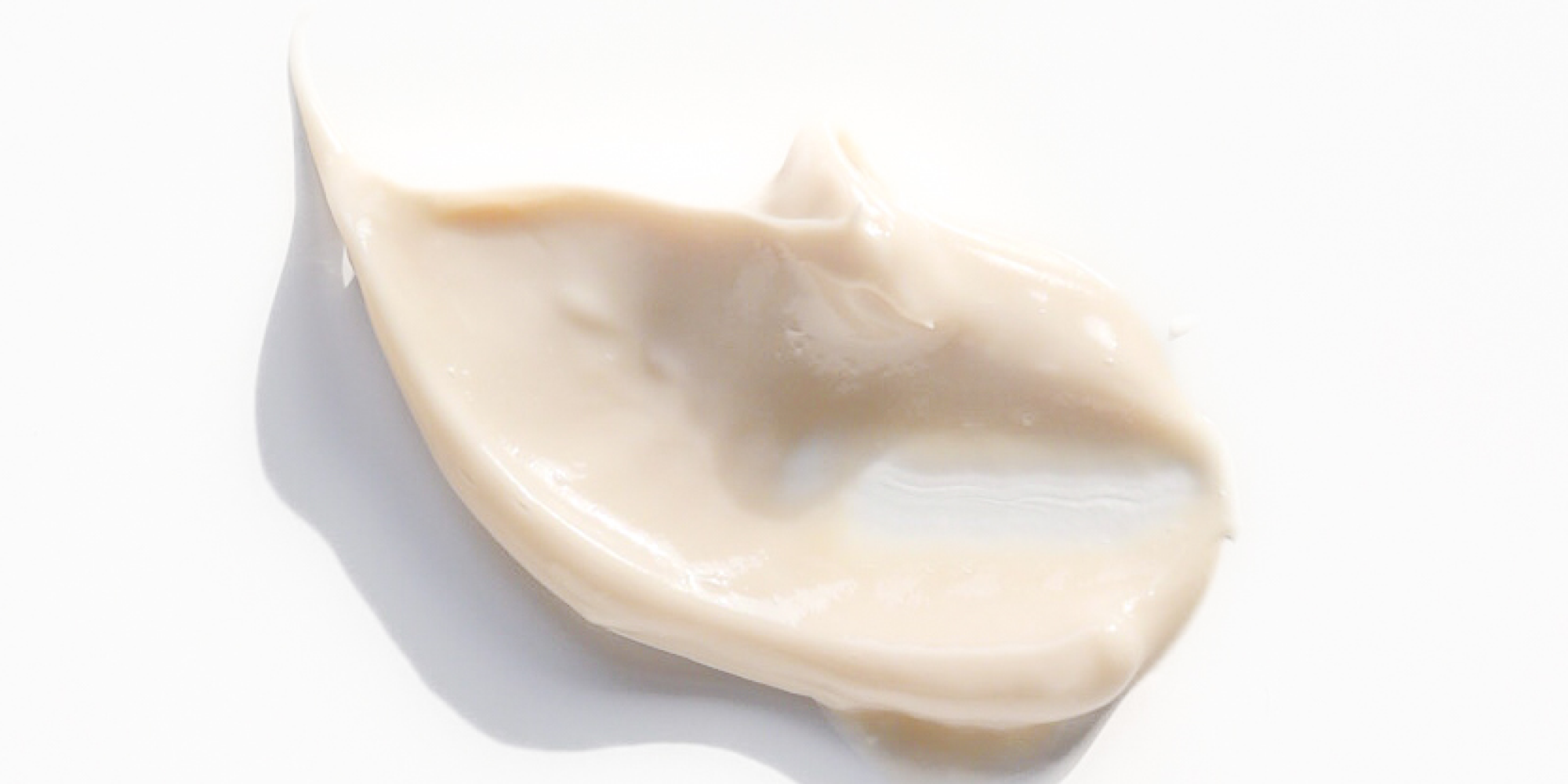
What Is Clean Eating?
“Clean eating” has become more and more popular as people gain knowledge and become more aware of the consequences of food choices. But rather than being a new phenomenon, it gets us back to our roots of eating whole, non-processed, seasonal, and nutritious foods that are as close to their source as possible.
There are many different definitions of what “clean” means, but for me, it means avoiding processed foods, sugars, and refined carbohydrates (such as white rice and white flour); minimal dairy, and select animal protein. I also like to map out my meals for the week on Sundays, so I am prepared, leaving me less likely to scramble at the last moment and make poor choices.
Rather than looking at eating clean as restricting choices, I have found that clean eating is an opportunity to try new things and enjoy the health benefits of nutrient and vitamin-rich, satiating, and delicious foods.
“Let food be your medicine and medicine be your food.”
— Hippocrates
Inflammation

There is a lot of talk about inflammation today and how all diseases can be traced back to inflammatory imbalances. What exactly is inflammation? Inflammation is the body's natural response to protect itself against harm.
Inflammation is caused by three primary triggers:
- wounds or trauma
- microbial invasion
- nutrition and diet
There are two types of inflammation: acute and chronic. The food choices we make can help control inflammation. Too little of an inflammatory response can lead to slow wound healing and thriving microbes in the body. Too much inflammation and the body begins to attack itself, leading to chronic disease. We must do our best to try and keep ourselves in balance.
You're probably more familiar with the acute type of inflammation, which occurs when you injure yourself. Your immune system triggers an army of white blood cells to surround and protect the area where the injury occurred, creating visible redness and swelling.
The process works similarly if you have an infection like the flu or bronchitis. In these examples, inflammation is essential—without it, injuries could fester and simple infections could be deadly. Inflammation keeps us alive. It’s when the inflammation becomes chronic that it is thought to be an underlying factor linked to diseases such as cancer, heart disease, diabetes, Alzheimer’s, allergies, asthma, weight gain, and accelerated aging.
When there is a trigger, the inflammatory response to correct things is called the “initiation response.” Once things are resolved, there is a “resolution response” which shuts off the inflammatory reaction. It is when this does not occur that inflammation turns to cellular inflammation, leading to chronic disease.

Our best line of defense against cellular inflammation is consuming a healthy and whole diet that is balanced with low-fat proteins and plant-based carbohydrates.
- Avoid: Omega 6 fatty acids like vegetable oils, saturated fats, and excess amounts of carbohydrates from grains, starches, and sugar
- Increase: Omega 3 from fish, and polyphenols from fruits and vegetables





